From the Suffolk County Vanderbilt Museum: The Vanderbilts: A Century of Military Service
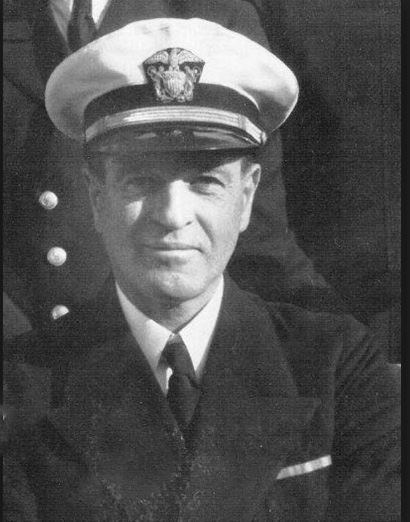
Stephanie Gress, director of curatorial affairs for the Suffolk County Vanderbilt Museum, has forwarded this article on how the Vanderbilt family have served our country for over one hundred years.
Enjoy,
Howard Kroplick
The Vanderbilts: A Century of Military Service
The Vanderbilt family proudly served its country for more than a century, from the War of 1812 through World War II. The Vanderbilt Museum celebrates these contributions on Veterans Day, July 4th, and on Memorial Day.
War of 1812 – 1812-1815
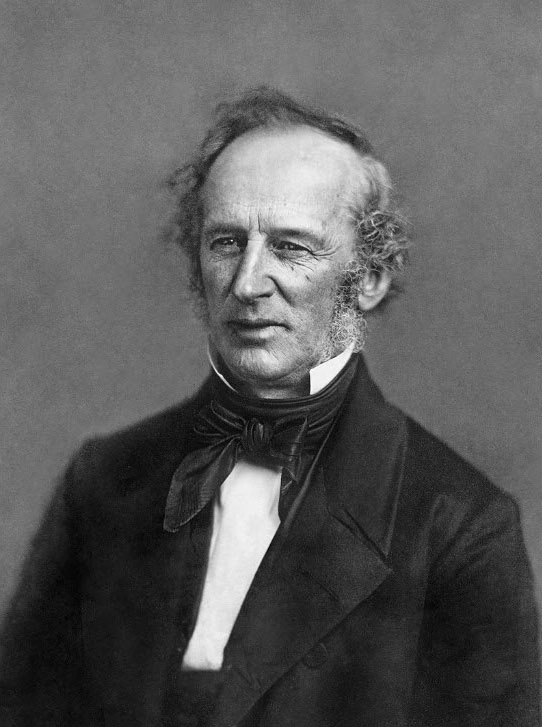
Cornelius Vanderbilt, founder of the family fortune, was just 18 years old when the War of 1812 began. The following year he married Sophia Johnson, and concentrated on establishing his shipping business.
By 1814, British forces pushed U.S. troops out of Canada and sacked Washington, setting fire to the White House and forcing the U.S. government to abandon the city. After the “Burning of Washington,” new forts were constructed around the waterways of Manhattan and Long Island. Young Cornelius obtained a government shipping contract to transport troops and supplies to the forts. This deal proved to be profitable, enabling him to lay the foundation for his shipping empire. By 1818, Vanderbilt sold his wind-powered ships and replaced them with steam-powered ships.
Civil War – 1861-1865
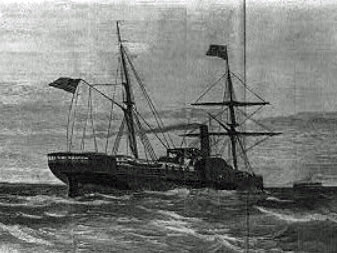
Leading up to the war, Cornelius’ ship Old Star of the West was commissioned by the Union to transport troops and supplies to Fort Sumter. The ship was chased out of Charleston Harbor by Confederate artillery fire.
After the war broke out, Cornelius offered to sell several of his ships to the government, but it refused his offer. The ships included the Ocean Queen, the Ariel, the Champion, and the Daniel Webster.
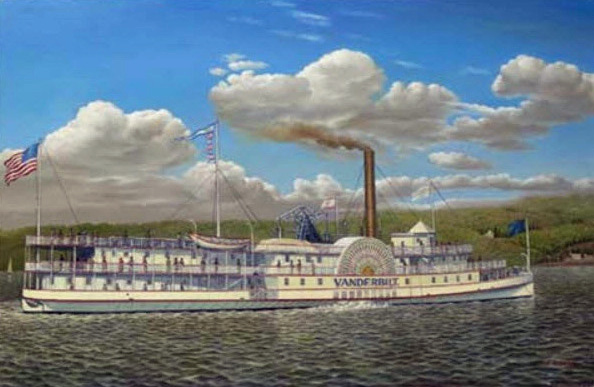
In 1861, the Confederate iron-clad ship Merrimac was a formidable opponent for the Union Navy. After a meeting with President Lincoln and Edward Stanton, the Secretary of War, Cornelius gave his steamer Vanderbilt to the Navy to help counter the Merrimac. Prior to turning it over, he outfitted the ship at his New York dockyard for military service.
World War I – 1914-1918 (U.S. Involvement 1917-1918)
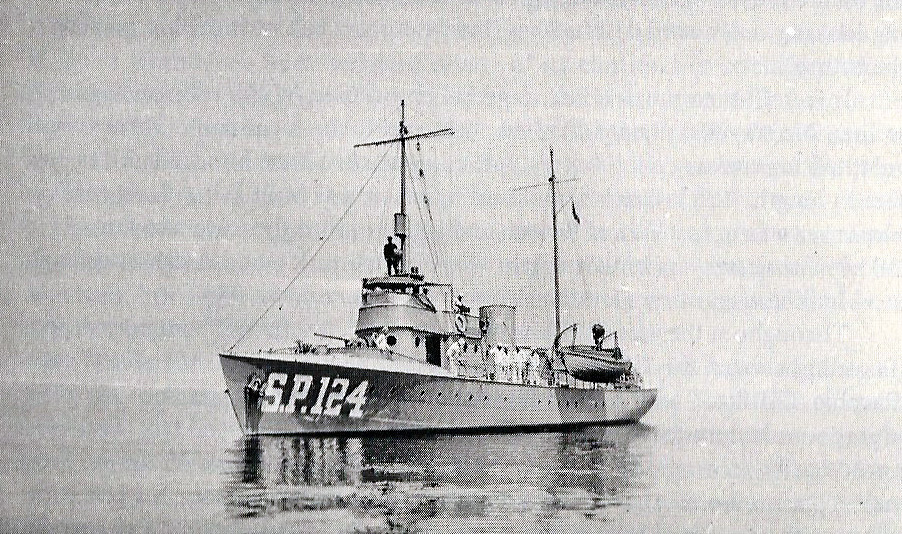
In 1917, William K. Vanderbilt II (WKVII) was commissioned as a Lieutenant Commander in the Naval Reserve. From May 9 to October 1, 1917, he patrolled U.S. coastal waters in his ship Tarantula II. He was given temporary leave to return to the New York Central Railroad where he held the position of Vice President. He remained there for the rest of the war.
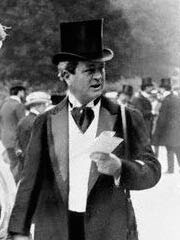
WKVII’s father, William K. Vanderbilt I, and financier J.P. Morgan helped to fund the Lafayette Escadrille, a French squadron made up of American pilots prior to the United States’ entry into the war. (An escadrille was a six-plane squadron in the French military.)
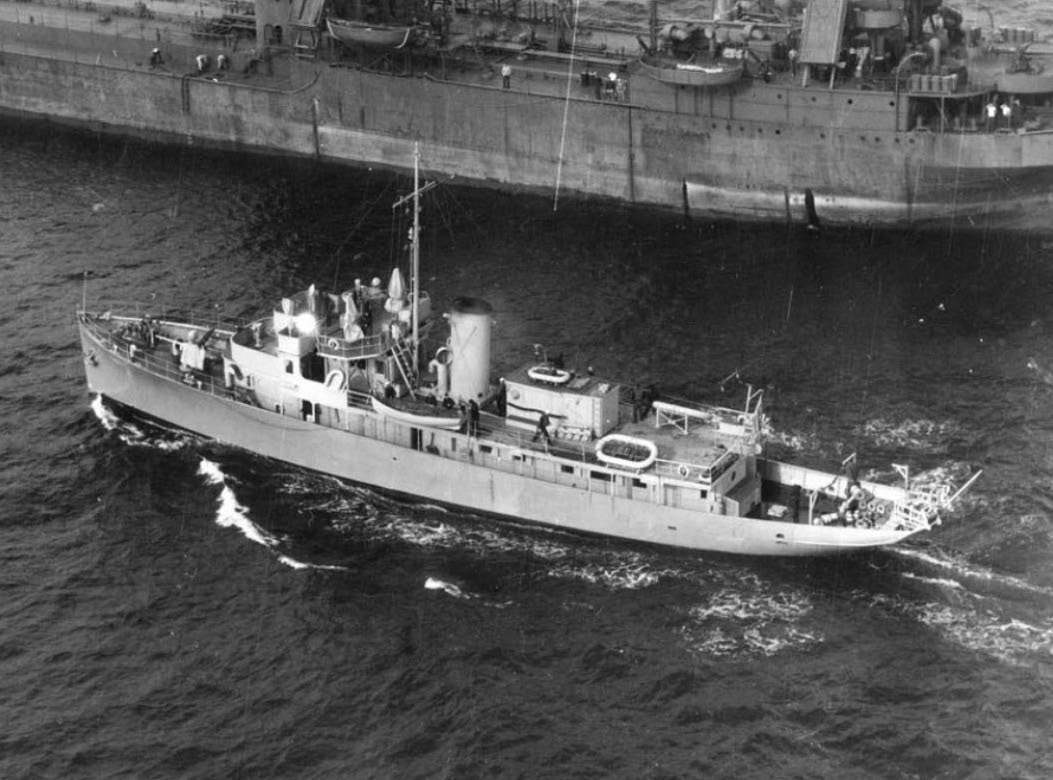
WKVII’s uncle, Frederick W. Vanderbilt, leased his yacht Vedette to the U.S. Navy. During WWI it was used to rescue sailors from a sunken ship. The Vedette was decommissioned in 1918, and returned to him in 1919.
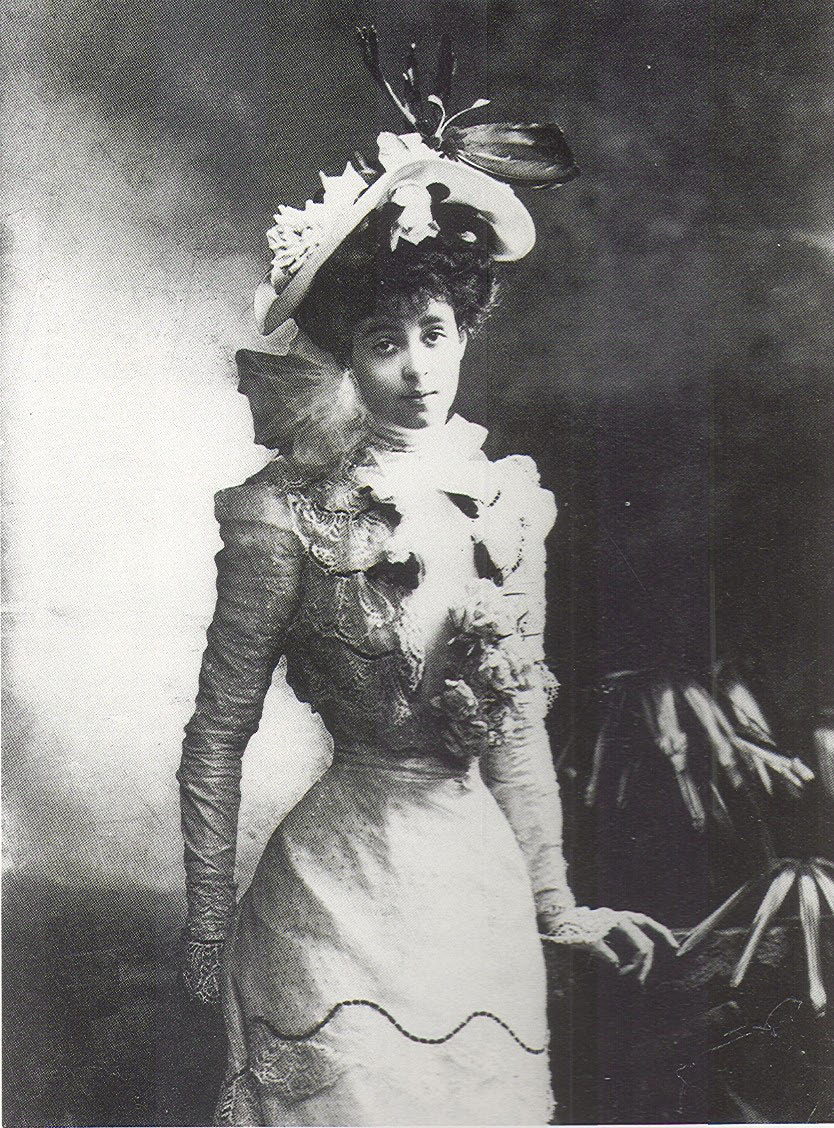
WKVII’s sister Consuelo lived in England during the war. She was married to the Duke of Marlborough – arranged by her mother – and held the title of Duchess. They had two sons, one of which was serving in the British Army. Consuelo became involved in the Women’s Emergency Corps, an organization that helped women enter the workforce to fill jobs left vacant by men going to war. She also chaired the American Women’s Relief Fund, which ran a military hospital in Devon, England. Consuelo gave her London townhome, Sunderland House, to the British government, and it was used as the temporary headquarters for the League of Nations.
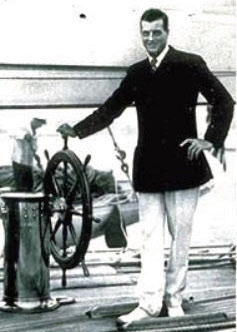
Harold S. Vanderbilt (WKVII’s brother) joined the Naval Reserve in 1917. He commanded a patrol boat based out of Newport, and patrolled the waters around Block Island during the war. He also served with the Navy in Ireland in 1918.
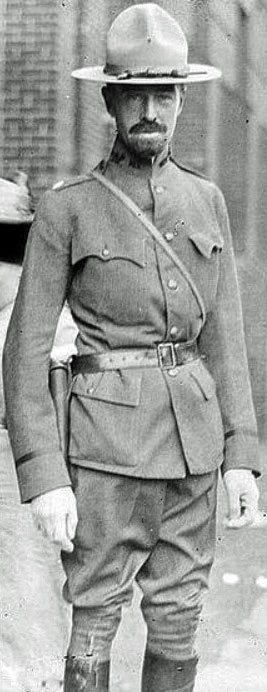
Cornelius Vanderbilt III was commissioned as a Second Lieutenant in 1901 with the New York National Guard. In 1916 he served as a Lieutenant Colonel with U.S. forces in Mexico. By 1917, he was a full Colonel and served in WWI in Europe. While serving in France, he was promoted to the rank of Brigadier General.
World War II – 1939-1945 (U.S. Involvement, 1941-1945)
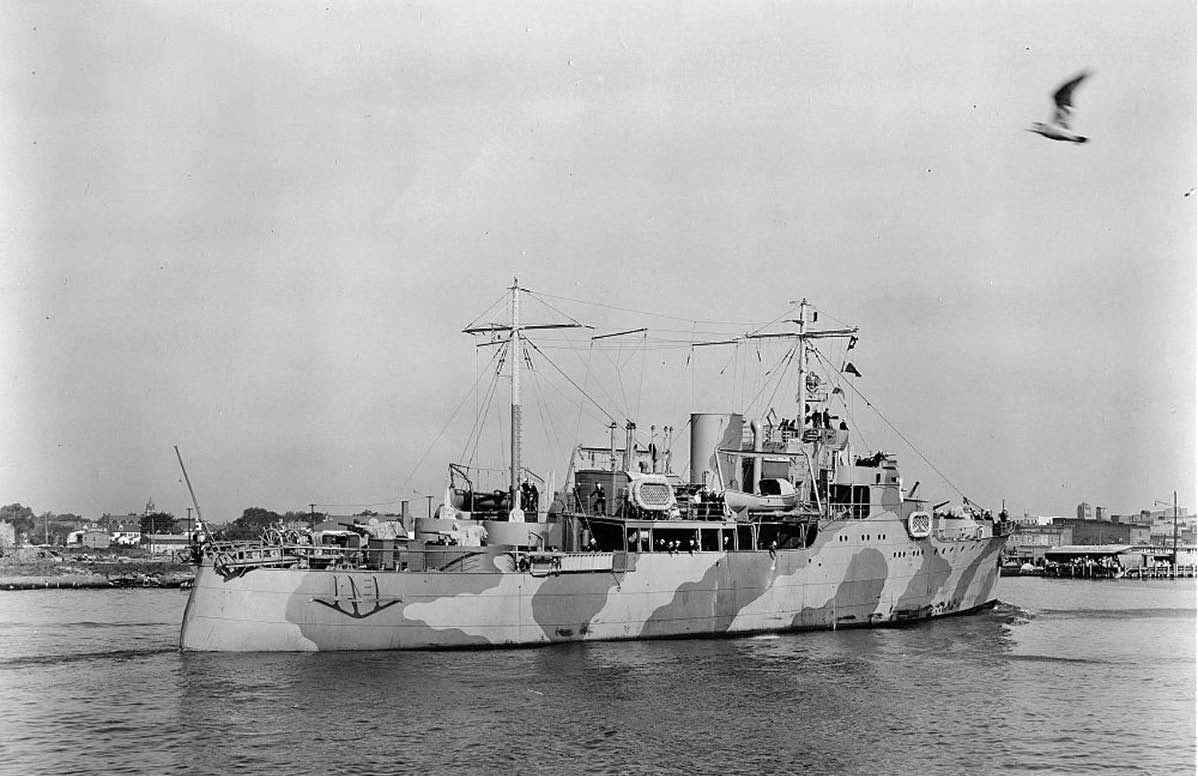
One month before the Japanese bombed Pearl Harbor in 1941, WKVII donated his luxury yacht Alva to the U.S. Navy as an outright gift, for which he received no compensation. The ship was de-outfitted, renamed the USS Plymouth, and sent out as a patrol ship along the east coast of the United States. The ship was also used to escort merchant and supply ships. It was sunk in 1943 by a German U-boat off the coast of North Carolina, where the wreck remains today.
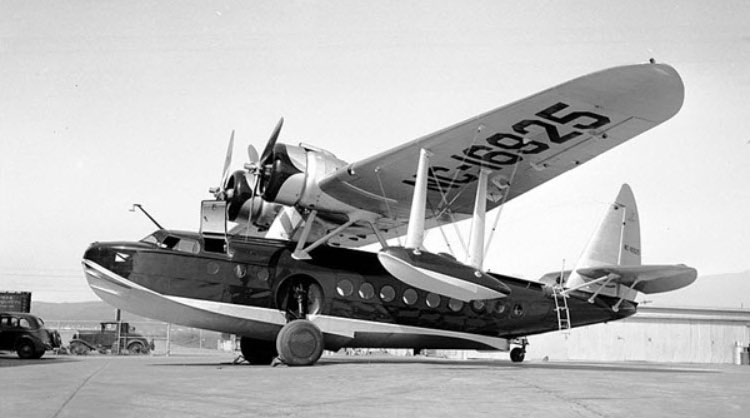
In 1941, the U.S. government had purchased Mr. Vanderbilt’s Sikorsky amphibian plane.
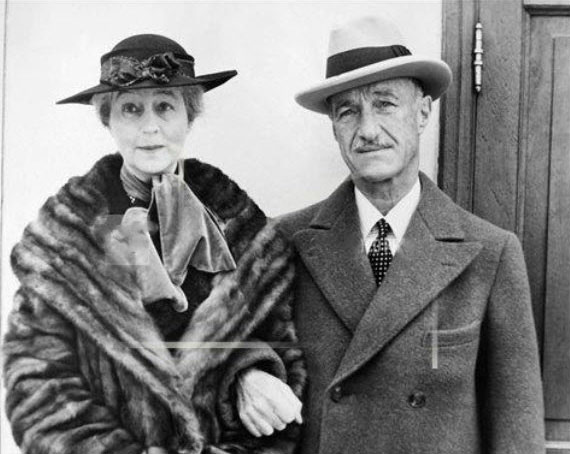
Sister Consuelo was now living in France with her second husband, former WWI pilot Jacques Balsan. Consuelo escaped from France with him prior to the German occupation. In 1942, Consuelo chaired a fundraising exhibition for the American Women’s Voluntary Service. Jacques Balsan traveled to Britain in 1943, to work with the Free French. There he helped to coordinate the activities of several resistance groups. Two years after the war, the French government appointed Consuelo an officer of the Legion d’Honneur. The award was given for her efforts “in the field of public relief.”
Medals Awarded to William K. Vanderbilt II
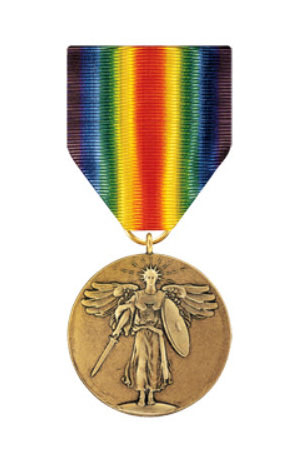
World War I Victory Medal: This medal was established in 1919 by an Act of Congress. The reverse side bears the inscription: The Great War for Civilization. Fourteen allied nations used the same ribbon, though each nation designed its own victory pendant.
Eligibility: Anyone with any military service, plus service in these locations during these dates: 6 April 6, 1917, to November 11, 1918, for any military service; November 12, 1918, to August 5, 1919, for service in European Russia; and November 23, 1918, to April 1, 1920, for service with the American Expeditionary Force in Siberia.
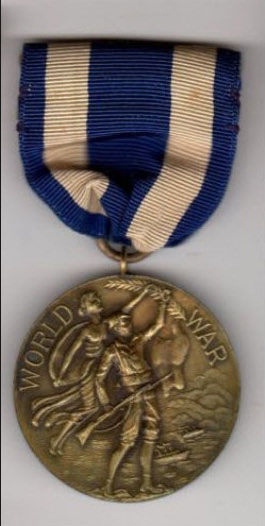
New York State Victory Medal: This medal was presented by the State of New York following WWI for military service between the years 1917 and 1919.
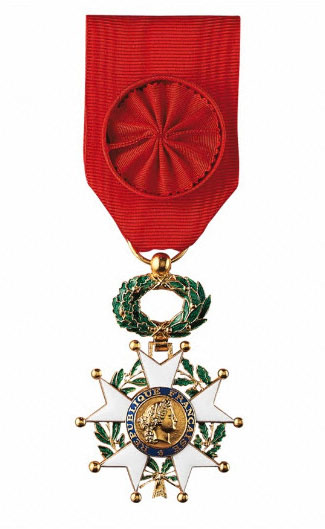
Legion d’Honneur: This medal, created by Napoleon Bonaparte in 1804, was awarded to French and foreign nationals for civil and military service for France. While foreign nationals could not be inducted in to the Legion d’Honneur, they could be awarded the medal.
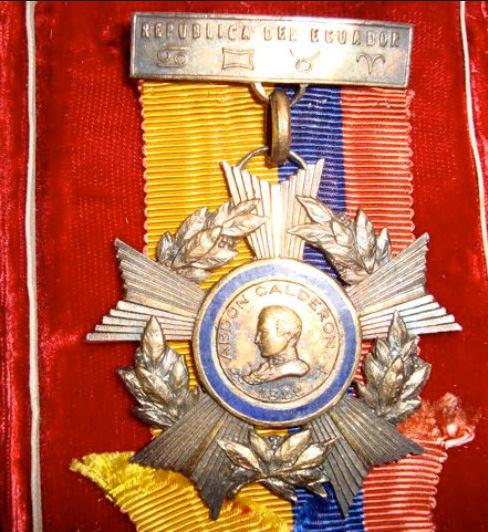
Order of Abdon Calderon: Established in 1904 by the government of Ecuador, the Order of Abdon Calderon was awarded for notable military service. It is named for a revolutionary hero who died during their war for independence.

Comments
Most of this I’d no idea of! Very nice to know.